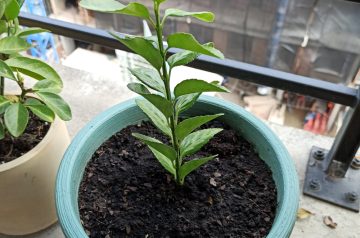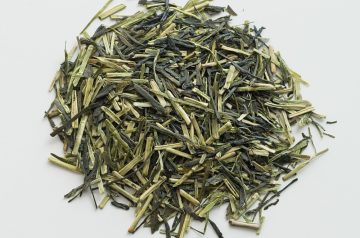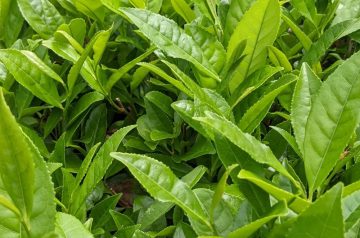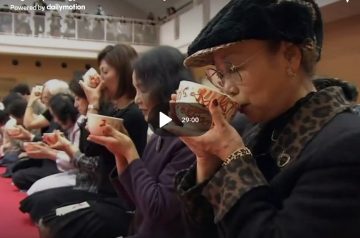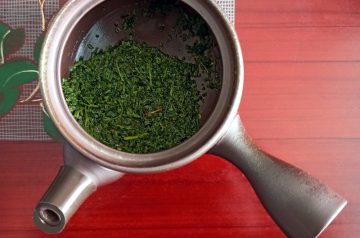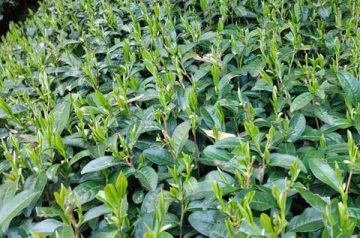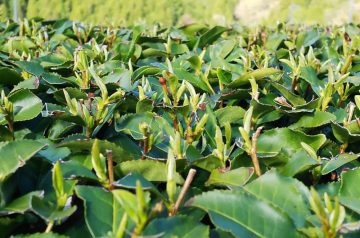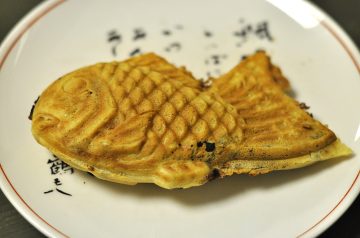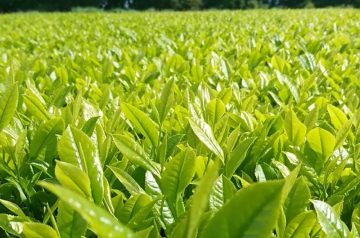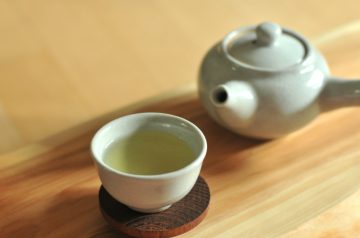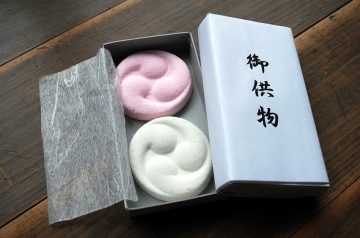I have two tea plants in the same pot. They seem to be from the Assamica variety, but the specific cultivar is unknown. After taking care of them for...
Sencha vs Kukicha
While these two types of Japanese green tea have a different appearance, their other attributes are somewhat similar. Green tea production inevitably results in a considerable amount of excess...
The Yamakai Tea Cultivar
Yamakai (やまかい、山峡) means “ravine”. The name of this cultivar comes from the fact that it has a color similar to mountain tea. It’s suitable for sencha, kabusecha and gyokuro....
Begin Japanology – Tea Ceremony (Video)
While I’m not a practitioner of the Japanese tea ceremony, I’ve always found it interesting. This video is an episode from an NHK television program that aired in 2009....
Swirling the Teapot while Brewing Tea
Swirling a teapot means to move it in a circular motion. In Japan, this is generally not advised. The reason is that your tea may become too bitter. But...
The Komakage Tea Cultivar
Komakage (駒影) can be translated as “horse shadow”. There’s very few information about this cultivar online, and I haven’t tasted it yet. However, there’s an interesting reason behind its...
The Ooiwase Tea Cultivar
Ooiwase (おおいわせ) is named after the Ōi river in Shizuoka prefecture. Wase (早生) refers to early budding cultivars. This cultivar is meant for sencha production. History of Ooiwase In...
Taiyaki
Taiyaki (鯛焼き) is a traditional Japanese sweet (wagashi) that has the shape of a sea bream. Its main ingredients are wheat flour, sugar and red bean paste. In case...
The Benihikari Tea Cultivar
Benihikari, which literally means “red light”, is a Japanese tea cultivar for black tea. Note that black tea is called “red tea” (koucha) in Japan. This cultivar is a...
Why a Tea Won’t Taste the Same for Everyone
This is one of the shortcomings of tea reviews. Not only do I have different preferences regarding tea, but there are many factors that can make the same tea...
Japan Spirit and Form: Japanese Tea Bowls (Documentary)
I saw an old NHK documentary, it is the sixth in a series about Japanese art and culture. This one focuses on the tea bowl. It’s not just about...
Rakugan
Rakugan (落雁) is a Japanese dried confectionery that is commonly used in the tea ceremony. This wagashi (traditional Japanese sweet) is made with flour (often from rice) and sugar...

